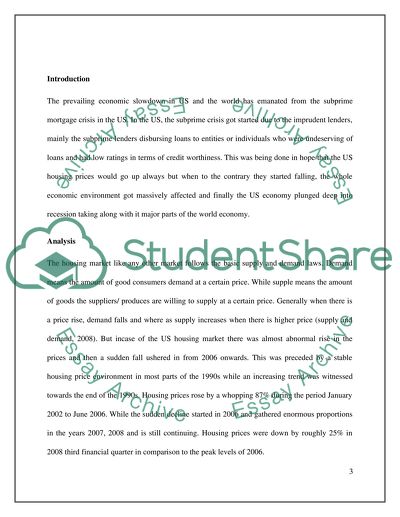Cite this document
(“Macroeconomics Term Paper Example | Topics and Well Written Essays - 2000 words”, n.d.)
Retrieved from https://studentshare.org/miscellaneous/1517198-macroeconomics-term-paper
Retrieved from https://studentshare.org/miscellaneous/1517198-macroeconomics-term-paper
(Macroeconomics Term Paper Example | Topics and Well Written Essays - 2000 Words)
https://studentshare.org/miscellaneous/1517198-macroeconomics-term-paper.
https://studentshare.org/miscellaneous/1517198-macroeconomics-term-paper.
“Macroeconomics Term Paper Example | Topics and Well Written Essays - 2000 Words”, n.d. https://studentshare.org/miscellaneous/1517198-macroeconomics-term-paper.


